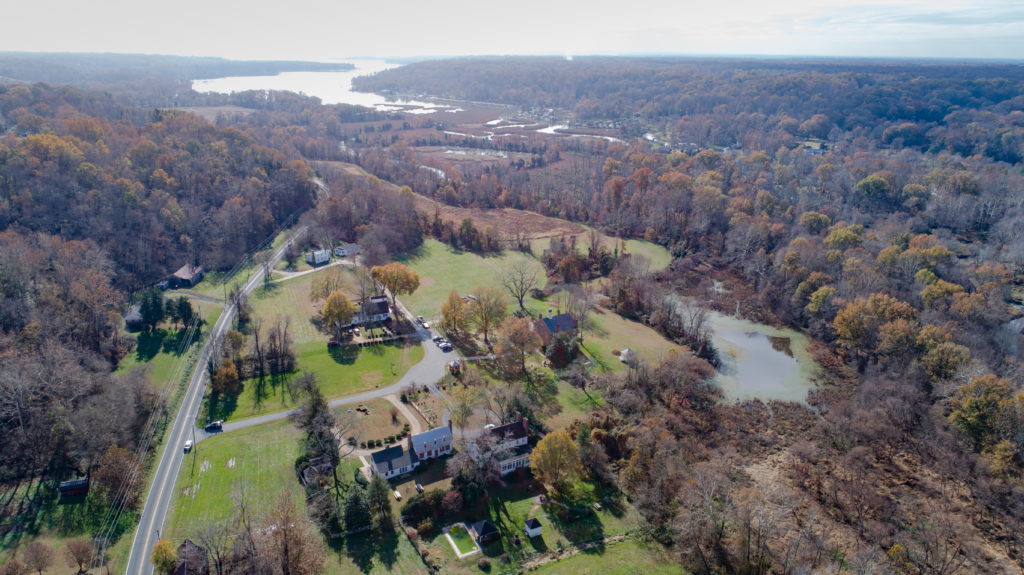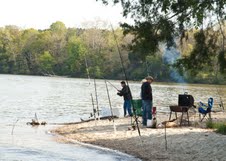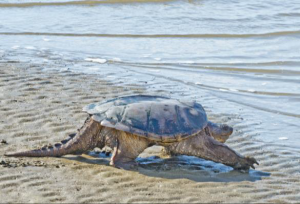
The Port Tobacco River is located in central Charles County, Maryland, with headwaters in Saint Charles and Waldorf. The river flows south through Pages Swamp (a large forested wetland), past the College of Southern Maryland, and into an open tidal section before joining the Potomac River and ultimately draining to the Chesapeake Bay.
Concern for the Port Tobacco River has risen in recent decades as citizens and local and federal officials recognized the declining health of the River. Residents, local and state governments, and conservation groups are collaborating to restore the River. This watershed, a natural and historical resource, should have clear, navigable waters, be rich in fish and wildlife, and be safe for the residents and visitors that use it for recreation.
Residents of the Port Tobacco watershed interact with the River and the watershed in many ways, and value its natural, scenic beauty. Some residents value the water resources for the economic benefits through timber harvesting, row crops, and livestock. Because residential wells and septic systems are common, many residents understand the relationship between their water usage and sewage disposal and groundwater resources. Recreation activities engaged in by residents include fishing, crabbing, hunting, boating, and swimming. Residents access the tidal river from waterfront properties, one of two private marinas, or Chapel Point State Park.
 Residents would like to see the following conditions preserved or restored:
Residents would like to see the following conditions preserved or restored:
- Safe, abundant seafood including crabs, fish, and oysters.
- Preservation of the natural state, both for its ecological and scenic benefits.
- Water quality that allows safe boating and swimming.
- Navigable water for boating.
For this vision to be accomplished, the following goals should be adopted:
- Reduce bacteria levels below the State limits for contact recreation.
- Prevent summer algal blooms by reducing summer nutrient levels from non-point sources to the low-flow load allocation as specified in the TMDL.
- Reduce sedimentation rates.
- Mitigate future changes to watershed hydrology.
Source: Port Tobacco River Watershed Restoration Action Strategy, Center for Watershed Protection, June 20, 2007
The Maryland Department of the Environment maintains an online Shellfish Harvesting and Closure Area Map. The map generally depicts the classification of shellfish waters of the State: restricted, conditionally approved, seasonally conditionally approved, or approved.